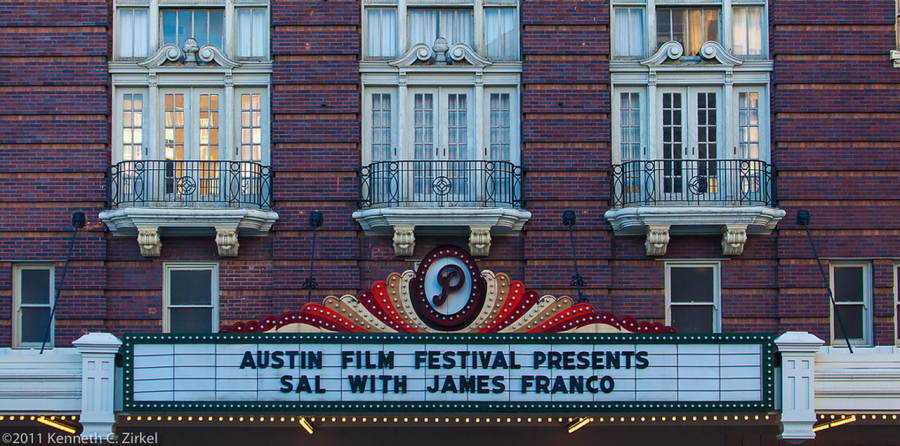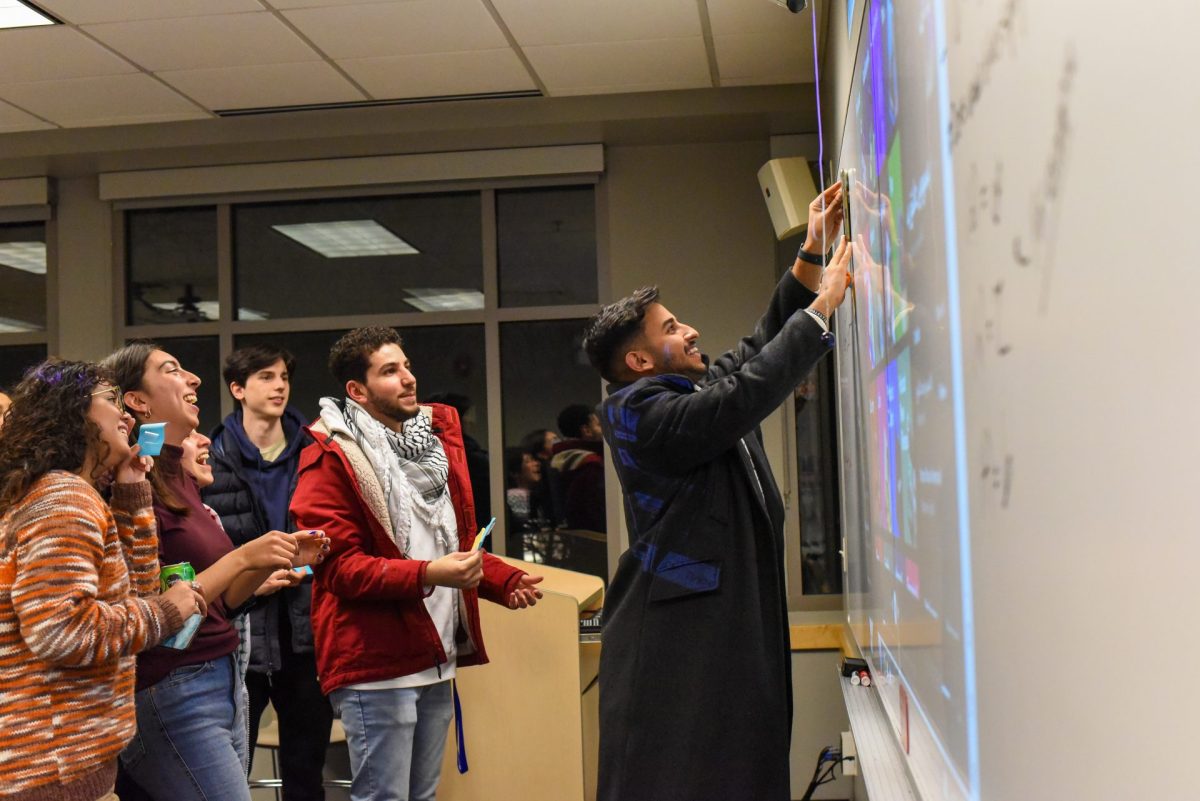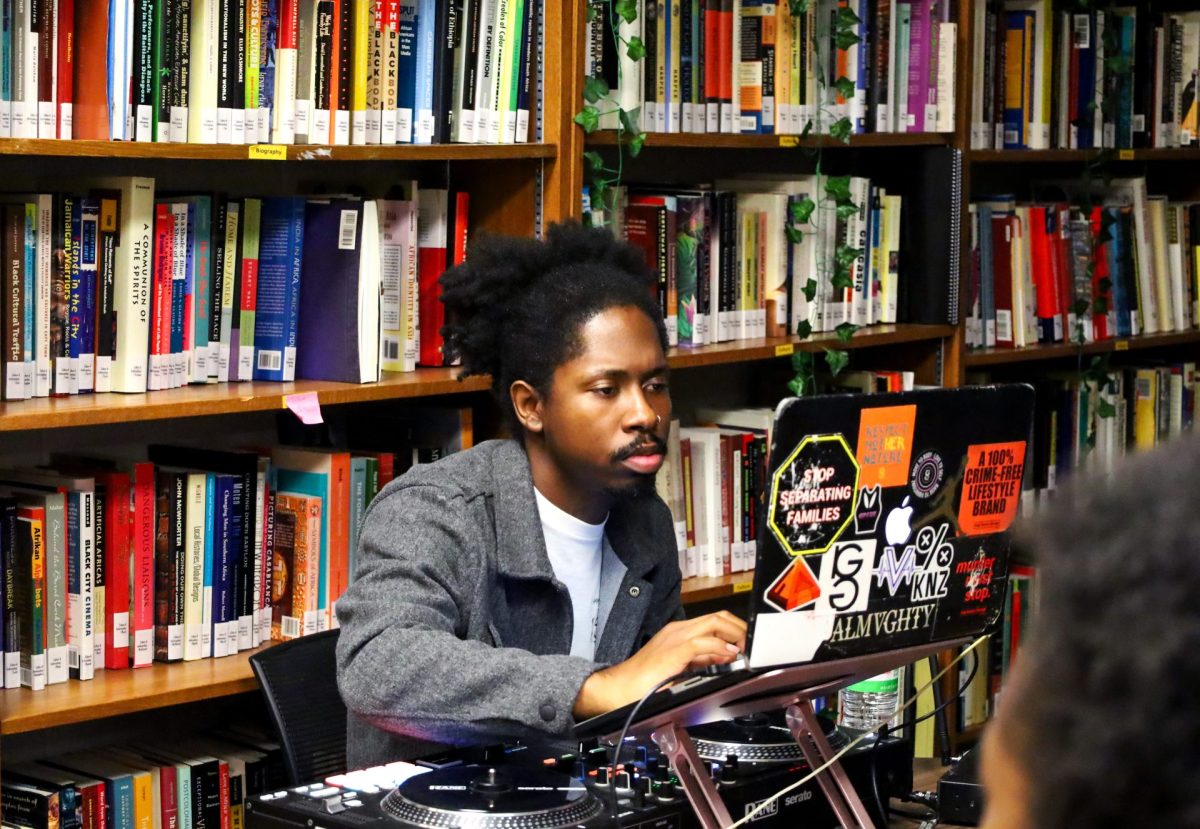It’s almost summer, which means you’ll soon have plenty of free time to explore and try new things around the city. While Chicago has an abundance of events throughout the summer – ranging from music festivals to farmers markets to parades – sometimes it’s nice to escape the noise of the city and relax in a quiet town.
Instead of joining the hot, sweaty crowds at busy urban festivals, head out to the suburbs for some post-finals relaxation. With so many different suburbs surrounding Chicago, it can be hard to pick which ones to visit. Here’s a list of some of Chicagoland’s gems. Some you can reach by Metra. For others, you’ll need a car. But despite the distance, they’re well worth the trip.
Aurora
All right, this town is actually more of a city, and people often disregard it in favor of its more upscale neighbor, Naperville, but Aurora can hold its own. Many of Aurora’s buildings and parks have strong historical roots. While the city isn’t as small as it used to be, in the last few years, it has been trying to revert to its quaint identity by fixing up the downtown area.
Where to go
The Paramount Theatre: As part of the fixing up of downtown Aurora, the city is bringing in a bit of Broadway. This theater offers famous stage productions every season, such as the recent productions of “Les and “Mary Poppins.” The theater was also used in the gangster film “Public Enemies.”
Phillips Park Zoo: Not only does the park offer a variety of animals to see for free, but it also features a beautiful sunken garden full of blooming flowers in the warm weather. Next to the garden, there is a small museum featuring some of the mastodons found in the lake, which has a small island in the middle with a large-mammal-themed playground.
Blackberry Farm: From attending an 1880s-style classroom to visiting a blacksmith shop from the 1900s to watching war reenactments during Civil War Days, the farm offers many ways to revisit the past. Blackberry Farm also hosts many of the city’s biggest events, such as the annual Pumpkin Weekend.
Waukegan
Home of “Fahrenheit 451” author Ray Bradbury, Waukegan is often referenced in his works as Green Town. Perfect for the summer days, the city has its own beach on Lake Michigan. Jane Ferry, the executive director of Waukegan Main Street, says Waukegan is embracing the arts with an increase in art galleries.
Where to go
Ray Bradbury Park: Dedicated to the late author, this park draws from his descriptions of Green Town, including an old staircase on the opposite side of the ravine, from “Dandelion Wine” and “Farewell Summer.” At night, however, the atmosphere changes. “It takes on a creepy air and you hear noises and the wind is blowing and branches are squeaking,” Ferry said. Genesee Theatre:Opened in 1927, the theater has become a historic site in the city. After being closed for more than a decade, the theater reopened and has sold out shows with some famous actors, such as Bill Cosby. The theater has since been renovated, but while many changes have been made, it still holds onto its history. According to Ferry, the place is believed to be haunted.
ArtWauk: The city began an art gallery series in 2002 that grew into ArtWauk, a monthly showcasing of the work of local artists in local buildings. With about 10 locations stretched along Genesee Street, the walk is a wonderful way to show support for the local artists while also having a museum-like experience.
Woodstock
This city houses many sites to visit that will seem familiar because the city was the primary filming location for the popular 1993 film “Groundhog Day.” One of Woodstock’s greatest assets is its rural landscape. Woodstock and McHenry County have a strong dedication to preservation and a growing list of saved structures, according to Kurt Begalka, an administrator at the McHenry County Historical Society. The quiet city of Woodstock offers a break from the technology driven Chicago. “They may not always realize it when they’re younger, but people start to realize the value of history,” Begalka said.
Where to go
Woodstock Opera House: One of the locations used for “Groundhog Day,” the historic theater still holds many concerts throughout the year. The Opera house has been a staple in the city since it was built in 1889, although it used to house City hall, the fire department and the library. Most of the building remains intact, but it has had many restorations. Old McHenry County Courthouse: Although the county courthouse is no longer a part of the county’s government, the building is still used. Built in 1887, it currently offers fine dining, studio spaces, a music academy and an art gallery. Woodstock Square: The historic square is the perfect place to shop after visiting the opera house and the old courthouse. Many festivals and fairs are held in the square throughout the year, as well as the annual Groundhog Days festival celebrating the film.
Sycamore
The city of Sycamore has more than 200 different buildings or structures considered historically significant. In 1978 it was added to the National Register of Historic Places. It also has the annual Sycamore Pumpkin Festival, which began after a local displayed decorated pumpkins on his lawn. Sycamore is also one of the last cities with penny meters, making parking a breeze.
Where to go
Sycamore History Museum: Visitors of this museum can attend a variety of events, such as the “Garden Story Time” in one of the many gardens or the monthly “Brown Bag Lunch” event that corresponds with a new exhibit and features lectures about the topic. They also have different rooms dedicated to different eras, from pioneer times to the Gilded Age.
Midwest Museum of Natural History: Originally a universalist Church, the structure became a museum in 2004 thanks to residents who wanted to give the old structure a facelift. Among the exhibits are a collection of taxidermy animals from all over the world and a small section of real animals in the reptile hallway.
Sycamore Historic District: Just under 100 acres, this stretch of land has almost 200 buildings from the last couple of centuries. Many of the structures include the DeKalb County Courthouse and the Sycamore Public Library. While many of the buildings’ facades have changed through the years, they have maintained their charming character.
Morris
Known for being home to the Grundy County Corn Festival every fall, Morris is a place to explore Illinois’s rich history. The small-town charm is the city’s main draw, according to Donna Sroczynski, the president of the Grundy County Historical Society and Museum. “New residents today are drawn to the area by the history of the charm by the downtown district,” Sroczynski said. “The traditions of education, faith, commerce and family continue to make Morris a close-knit community.”
Where to go
Grundy County Historical Society and Museum: An 1890’s living room, a dry goods store, a tool shed with vintage tools and map of Grundy County genealogy are all available in this museum. There is currently a teddy bear exhibit on display to commemorate the 100th birthday of the beloved toy. Stepping foot in this museum is like stepping into a time machine. Red Cedar Pole: Believed to be the grave of Chief Nucquette, no one is really sure how this pole got to Morris. Although time and weather has worn off the etchings, the pole currently stands by the Grundy Courthouse.
Morris Antique Emporium: Built in 1879, this building has three floors and two lofts full of antiques. With furniture, Civil War items and Native American artifacts, there’s something for everyone at this establishment.
Getting to Sycamore and Morris
Sycamore and Morris are on the fringes of Chicagoland. They are not accessible by Metra, but they are each worth a visit. If you don’t have your own car, don’t worry. There are other ways to get there.
ZIPCAR
For $8.25 an hour or $75 a day, DePaul students can pool together and make a day trip to either suburb.
RELAY RIDES
An alternative form of car rental, you can negotiate with a car owner in the Chicago area and borrow their car for the day. This way you can customize your car and price.








